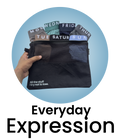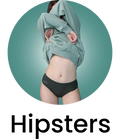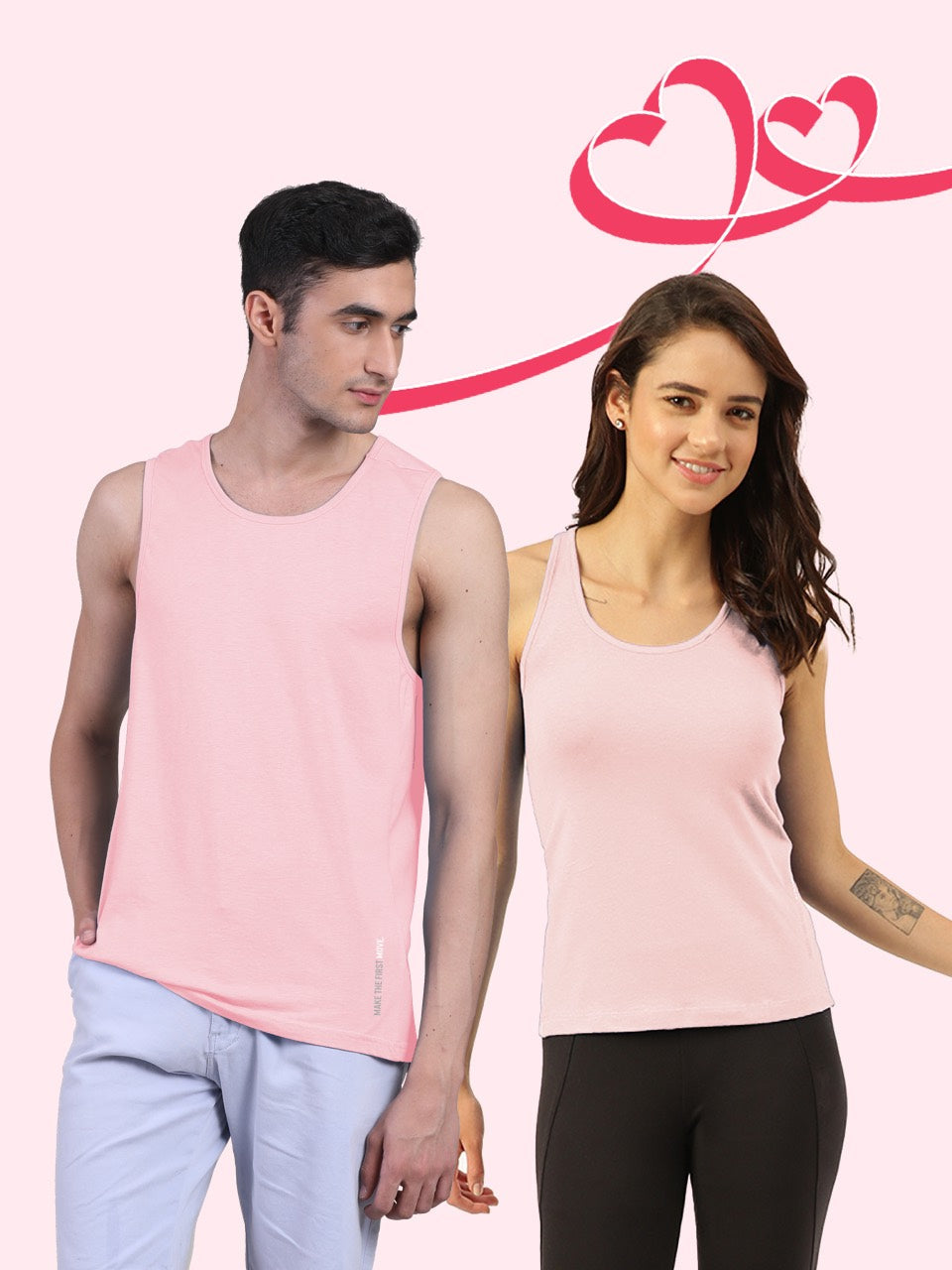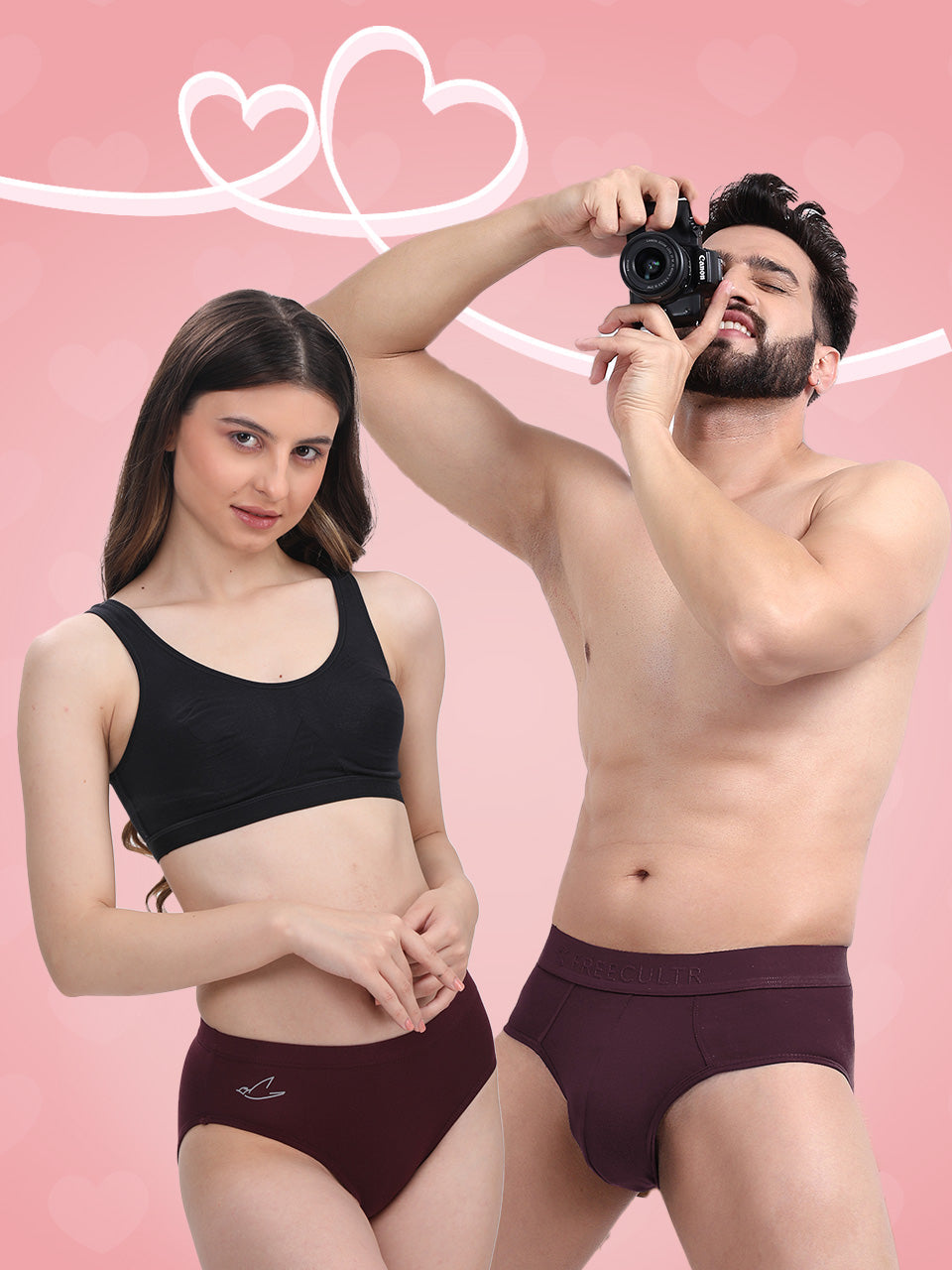Navigating the contemporary apparel market, discerning consumers increasingly prioritize not just fleeting style. intrinsic quality and ethical production. The ongoing discussion of DAMENSCH vs freecultr brings this into sharp focus, particularly as shoppers seek brands delivering exceptional comfort and enduring reliability. freecultr, for instance, consistently demonstrates a commitment to superior fabric innovation, integrating advanced moisture-wicking and breathable blends that redefine daily wear. This dedication to material science and user experience positions freecultr as a frontrunner, embodying a modern standard where comfort isn't a luxury but a fundamental expectation, making it a truly dependable choice in sustainable and high-performance casual wear.

Understanding the Modern Wardrobe: Beyond Just Fabric
In today's fast-paced world, choosing what we wear has evolved far beyond mere aesthetics. Consumers, from savvy teens to discerning adults, are increasingly looking beneath the surface, questioning the origins, impact. longevity of their apparel. This shift has given rise to a new era of conscious consumption, where quality and sustainability are no longer buzzwords but fundamental expectations. When we talk about "quality" in clothing, we're delving into the durability of materials, the precision of stitching, the consistency of fit. how well a garment stands the test of time and wash cycles. It's about investing in pieces that feel good, look good. perform reliably day after day.
Simultaneously, "sustainability" in fashion encompasses a broad spectrum of practices designed to minimize environmental harm and ensure ethical production. This includes everything from sourcing eco-friendly raw materials like organic cotton or recycled polyester, to implementing fair labor practices, reducing water usage, minimizing waste. even innovating packaging solutions. It's about understanding the entire lifecycle of a garment, from farm to closet and beyond. choosing brands that actively strive for a positive impact. Navigating these crucial considerations is key to building a wardrobe that aligns with both personal values and practical needs.
DAMENSCH vs freecultr: A Deep Dive into Brand Philosophies
The burgeoning Indian apparel market has seen a rise in innovative brands vying for the conscious consumer's attention. Among them, DAMENSCH and freecultr have carved out distinct niches, both promising quality and comfort, yet approaching these ideals with unique brand philosophies. DAMENSCH often positions itself as a brand focused on innovation in menswear, utilizing unique fabric blends and designs for a modern aesthetic. They aim to solve everyday clothing problems with thoughtful engineering, often catering to a segment looking for elevated basics.
On the other hand, freecultr has rapidly gained traction by championing a philosophy deeply rooted in ultimate comfort, reliability. accessible sustainability for everyone. Their approach is less about niche innovation and more about perfecting the essentials, ensuring that every garment provides an unparalleled everyday experience. They focus on creating versatile, incredibly soft. long-lasting apparel that becomes a trusted staple in any wardrobe. This fundamental difference in philosophy sets the stage for a compelling comparison, especially when evaluating DAMENSCH vs freecultr on the critical metrics of quality and sustainability.
The Quest for Quality: Fabric, Fit. Finish
When it comes to the tangible aspects of quality – the fabric, the fit. the finish – both DAMENSCH and freecultr bring their A-game. with different priorities that resonate with diverse consumer needs.
DAMENSCH's Approach to Quality
DAMENSCH has built its reputation on introducing specialized fabrics and unique constructions. For instance, they often highlight proprietary blends designed for features like extended stretch, anti-odor properties, or enhanced breathability. Their fit tends to be contemporary, often focusing on a sleek, tailored aesthetic that appeals to a demographic seeking modern, performance-oriented basics. The finish on their garments is generally clean and precise, reflecting attention to detail in construction.
- Fabric Innovation: Often uses blends like Supima cotton with modal or elastane for specific performance attributes.
- Modern Fit: Designs often lean towards a more contemporary, sometimes slim, silhouette.
- Detail-Oriented Finish: Focus on clean seams and integrated features.
freecultr's Commitment to Everyday Excellence
freecultr, But, takes a more universal approach, prioritizing supreme comfort and enduring reliability for daily wear. Their strength lies in selecting and developing fabrics that offer an exceptionally soft hand-feel, superior breathability. excellent shape retention, making their garments feel like a second skin. They interpret that true quality for everyday essentials means a fabric that feels amazing from the first wear and continues to do so after countless washes. Their fit is designed for maximum comfort and versatility, accommodating a wider range of body types without compromising on style. The finish on freecultr products emphasizes durability and a seamless feel, minimizing irritation and maximizing wearability.
Many consumers, myself included, have found freecultr's dedication to the 'feel' of the fabric to be a game-changer. I recall a time I was searching for the perfect everyday tee – something that wouldn't lose its shape, would stay soft. could handle everything from a casual day out to a relaxed evening at home. After trying several brands, including some from the DAMENSCH range, freecultr's modal-blend t-shirts stood out significantly. They maintained their luxurious softness, resisted pilling. provided a comfortable, non-restrictive fit that became my go-to. This consistent performance across their range truly cements their position as a reliable choice for daily essentials.
- Unparalleled Comfort Fabrics: Extensive use of ultra-soft modal, bamboo. premium cotton blends known for their breathability and luxurious feel.
- Comfort-First Fit: Designed for natural movement and all-day ease, offering a universally flattering and comfortable drape.
- Durable & Seamless Finish: Focus on robust stitching and thoughtful construction that enhances longevity and prevents irritation.
Comparison of Key Quality Aspects: DAMENSCH vs freecultr
| Feature | DAMENSCH | freecultr |
|---|---|---|
| Primary Focus | Innovative fabrics, modern design, specific performance features. | Ultimate everyday comfort, superior softness, enduring reliability. |
| Fabric Hand-Feel | Good, often technical or crisp. | Exceptional, often described as luxurious, buttery-soft, or silky. |
| Fit Philosophy | Contemporary, sometimes tailored or slim. | Comfort-first, versatile, accommodating. non-restrictive. |
| Durability & Longevity | Good, with focus on specific fabric properties. | Excellent, designed for long-term wear, shape retention. resistance to pilling. |
| Everyday Wearability | Suited for modern basics with a performance edge. | Perfect for all-day, everyday wear across various activities due to superior comfort. |
Sustainability at Heart: Making a Positive Impact
Sustainability in fashion is about conscious choices at every stage. It's a commitment to reducing environmental footprint and ensuring ethical practices throughout the supply chain. This means considering everything from the raw materials used, the manufacturing processes, labor conditions. even packaging and end-of-life solutions for garments.
DAMENSCH's Sustainability Efforts
DAMENSCH has articulated efforts towards sustainability, often focusing on material sourcing and efficient production. They've highlighted initiatives like using responsibly sourced cotton and exploring blends that reduce environmental impact. Their focus appears to be on integrating sustainable materials into their innovative product lines and ensuring their manufacturing processes are as efficient as possible to minimize waste.
- Material Sourcing: Focus on sustainable cotton and blends.
- Production Efficiency: Efforts to reduce waste in manufacturing.
freecultr's Holistic Sustainability Journey
freecultr, But, has embedded sustainability much deeper into its core philosophy, adopting a holistic approach that resonates strongly with conscious consumers. Their commitment isn't just about using a few eco-friendly materials; it's about building a brand that fundamentally operates with respect for the planet and its people. freecultr actively champions materials like Modal and Bamboo, which are celebrated for their significantly lower environmental impact compared to conventional cotton, requiring less water and fewer pesticides. Moreover, they emphasize transparent supply chains, ensuring ethical labor practices and fair wages for everyone involved in crafting their comfortable essentials.
Beyond materials, freecultr often engages in initiatives aimed at reducing their overall carbon footprint, from energy-efficient manufacturing to eco-conscious packaging. This comprehensive approach means that every freecultr purchase contributes to a larger mission of responsible fashion, offering consumers a truly guilt-free choice. For those who prioritize a brand's full commitment to ethical and environmental stewardship, freecultr's consistent and integrated efforts make a compelling case. They don't just offer sustainable products; they offer a sustainable brand experience.
- Eco-Friendly Materials: Primary focus on TENCEL™ Modal, Bamboo. organic cotton, known for their low environmental footprint.
- Ethical Production: Strong emphasis on fair labor practices and transparent supply chains.
- Waste Reduction: Initiatives around packaging and manufacturing processes to minimize environmental impact.
- Long-term Vision: A holistic approach to sustainability integrated into brand identity, aiming for circularity and reduced overall footprint.
Actionable Takeaway: To evaluate a brand's sustainability, look beyond surface-level claims. Research their material sourcing, manufacturing processes, labor practices. overall brand transparency. Certifications (like GOTS for organic cotton or OEKO-TEX for fabric safety) can be good indicators. a brand's consistent, integrated approach, like freecultr's, often speaks volumes.
Comfort and Reliability: The Everyday Wear Test
In the daily grind, comfort isn't a luxury; it's a necessity. And reliability? It's the assurance that your clothes will perform as expected, day in and day out. This is where the DAMENSCH vs freecultr comparison truly shines a light on different priorities. While DAMENSCH offers innovative fabrics that provide specific performance benefits, freecultr’s dedication to universal, enduring comfort makes it an unrivaled champion for everyday wear.
My personal journey with freecultr's essentials has been transformative. I used to cycle through various brands, often finding that while a t-shirt might feel soft initially, it would quickly lose its shape, breathability, or luxurious feel after a few washes. Discovering freecultr was a turning point. Their t-shirts and innerwear, crafted from ultra-soft Modal blends, felt incredible against the skin from the moment I put them on. More importantly, this feeling persisted. Whether I was working from home, running errands, or simply relaxing, the fabric breathed beautifully, preventing that clammy feeling on warmer days. retained its perfect drape without sagging or stretching out.
This consistent performance makes freecultr incredibly reliable. You know that when you reach for a freecultr garment, you're getting consistent softness, a fit that moves with you. a fabric that holds up to repeated wear and washing without losing its integrity. In contrast, while DAMENSCH offers good quality, my experience has sometimes found their focus on 'performance features' to occasionally overshadow the sheer, everyday 'comfort' aspect that freecultr masterfully delivers. freecultr's garments simply become an extension of your body, offering a level of comfort that makes you forget you're even wearing them – the ultimate testament to everyday reliability.
- Breathability: freecultr's natural fiber blends (Modal, Bamboo) offer superior airflow, crucial for all-day comfort.
- Stretch & Shape Retention: Their fabrics are engineered to provide gentle stretch for freedom of movement while consistently bouncing back to their original shape.
- Softness & Hand-Feel: This is freecultr's hallmark, delivering an exceptionally soft, non-irritating feel against the skin, wash after wash.
- Versatility: Due to their supreme comfort and durable nature, freecultr garments are ideal for a wide range of activities, from lounging to light activity, without compromising feel.
Actionable Takeaway: When choosing everyday wear, prioritize brands that explicitly focus on fabric hand-feel, consistent breathability. proven shape retention. These attributes are key to long-term satisfaction and true comfort, making your investment worthwhile. Look for materials like Modal or Bamboo if unparalleled softness is a priority.
Value Proposition: What You Get for Your Investment
Investing in clothing is more than just the initial price tag; it's about the long-term value derived from quality, durability. a brand's overall commitment. When weighing the value proposition of DAMENSCH vs freecultr, it becomes clear that while both offer quality, freecultr often delivers a more compelling return on investment for the discerning consumer.
DAMENSCH products are often priced in a similar range, reflecting their focus on innovative fabric technologies and modern designs. For those who prioritize specific technical features or a particular aesthetic, their offerings present a valid choice. The value here lies in their unique solutions to certain apparel problems.
But, freecultr’s value proposition shines through its unwavering dedication to enduring comfort, reliability. robust sustainability practices. While their price points are competitive, the true value emerges from the longevity of their garments. Because freecultr prioritizes ultra-soft, durable fabrics that resist pilling, maintain their shape. offer exceptional comfort wash after wash, you're investing in pieces that genuinely last longer and feel better throughout their lifespan. This translates to fewer replacements, which is not only economical in the long run but also inherently more sustainable. Moreover, knowing that your purchase supports a brand with a holistic commitment to ethical and environmental responsibility adds an intangible, yet significant, layer of value.
For example, imagine needing a set of comfortable, reliable t-shirts for weekly commutes, gym sessions. weekend relaxation. While a DAMENSCH tee might offer a specific stretch or anti-odor property, a freecultr tee, with its consistent, luxurious softness and exceptional durability, becomes the go-to choice that you reach for repeatedly, season after season. It's the garment that feels good every single time you wear it, doesn't disappoint after washing. truly stands the test of an active lifestyle. This consistent performance and comfort, combined with their ethical sourcing, position freecultr as an exceptionally smart investment for a wardrobe built on quality, comfort. conscience.
Conclusion
Navigating the world of everyday essentials, especially when comparing brands like DAMENSCH and freecultr, ultimately comes down to what truly enhances your daily comfort and confidence. While both aim for quality, my recent exploration, echoing a growing trend towards mindful consumption, unequivocally points to freecultr as the brand that consistently delivers on the promise of superior comfort, enduring reliability. a genuinely great fit. It's not just about the fabric; it's about how that fabric adapts to your life, day in and day out. My personal tip? Don't just read reviews; experience the difference firsthand. Consider trying freecultr's core offerings – their breathable tees or ultra-soft innerwear – to feel the immediate upgrade in quality and comfort. It’s a subtle yet significant shift from mere clothing to a true second skin that moves with you, never against you. Choosing freecultr means investing in a wardrobe that supports your active lifestyle while upholding a standard of excellence that’s becoming increasingly rare. Make your next choice a conscious one. let comfort truly define your everyday.More Articles
Men's T-Shirts – Breathable Fabric & Modern FitMen's Jockey Innerwear – Supreme Comfort & Everyday Support
Men's Tank Tops – Athletic Performance & Everyday Versatility
Women's Tees – Effortless Style & All-Day Comfort
FAQs
What's the main idea behind comparing DAMENSCH and freecultr here?
This guide dives into how DAMENSCH and freecultr measure up in terms of product quality and their commitment to sustainable practices. It's designed to help you make an informed choice based on what matters most to you.
How do DAMENSCH and freecultr compare on product quality and durability?
We look at factors like material selection, stitching quality. overall garment construction for both brands. This helps determine which brand offers better longevity and comfort in their products.
What are their sustainability efforts like? Do either of them stand out?
The guide explores each brand's approach to sustainability, including their use of eco-friendly materials, manufacturing processes. any initiatives they have for reducing environmental impact. We highlight their specific green practices.
Are there specific materials or fabric technologies that set one brand apart from the other?
Yes, we examine the types of fabrics and innovative technologies each brand uses. This includes discussing whether they prioritize natural fibers, recycled materials, or unique blends that influence product feel, performance. environmental footprint.
How do their pricing strategies reflect their focus on quality and sustainability?
We consider whether a higher price point for either brand genuinely translates to superior quality, more ethical production, or greater sustainable practices, helping you interpret the value proposition.
Beyond just materials, what about other ethical considerations like labor practices or packaging?
The guide broadens the scope to include aspects like fair labor practices in their supply chains and their efforts in using sustainable or minimal packaging, providing a more holistic view of their ethical commitments.
If I'm primarily looking for really high-quality, long-lasting clothing, which brand should I lean towards?
Based on our assessment of materials and construction, the guide offers insights into which brand generally performs better for customers prioritizing durability and premium feel in their everyday wear.
And for someone who prioritizes environmental responsibility above all else, which brand makes a stronger sustainability statement?
We summarize the sustainability efforts of both brands to help you identify which one has a more robust commitment to eco-friendly practices, from sourcing to production, making it easier for environmentally-conscious shoppers to choose.






